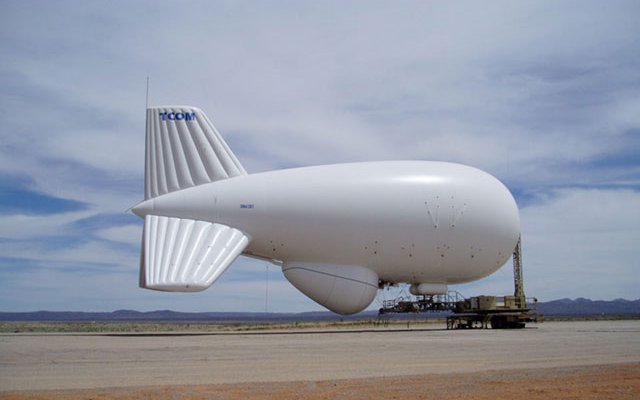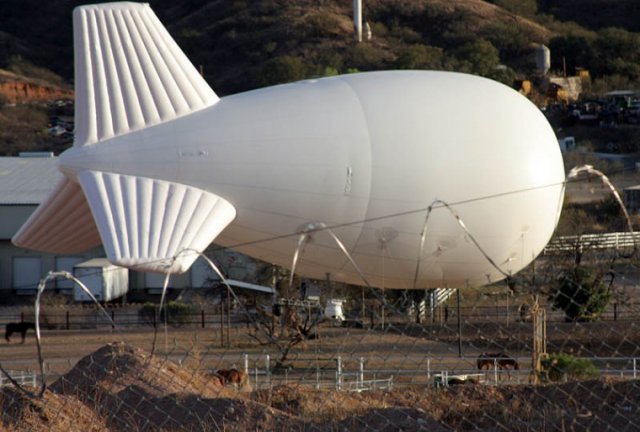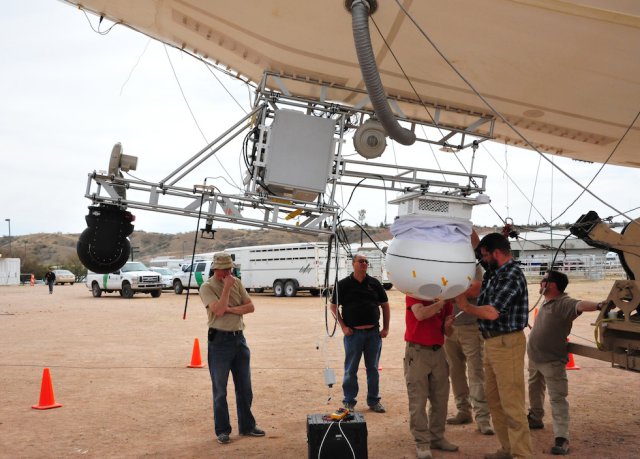 TCOM Aerostat
TCOM Aerostat
The U.S. military is joining with border-patrol officials in a new initiative that could bring dozens of surveillance aerostats from the battlefields of Afghanistan to America’s border with Mexico.
Over the next few weeks, the military will oversee a test in south Texas to determine if a 72-foot-long, unmanned surveillance blimp can help find drug runners and people trying to cross illegally into the U.S.
The project is part of a broader attempt by U.S. officials to establish a high-tech surveillance network along the border and find alternative uses for expensive military hardware that will be coming back from Afghanistan, along with the troops.
The U.S. military is offering the surveillance aerostats to border officials free of charge, said Mr. Borkowski. If the tests are successful, the military could provide Homeland Security with dozens of blimps and other surplus gear worth $27 million—a significant chunk of Mr. Borkowski’s annual equipment budget of $100 million to $130 million.
Now that the American bases in Afghanistan are being shut down, the blimps—which can cost $1 million to $5 million each—will be part of the massive flow of equipment leaving that country over the next two years.
In south Texas, the military and border officials are trying out a 72-foot-long aerostat made by TCOM LP of Columbia, Md. The blimp, which includes a battlefield sensor, is tethered to the ground by a cable that provides a communications link. Later this month, the test will expand to include another blimp equipped with different sensors.
This spring, border officials conducted a test in Arizona of a Raven Aerostar aerostat that was fitted with a battlefield camera known as Kestrel, a system created by Logos Technologies Inc. of Fairfax, Va., that is capable of continuously monitoring a city-sized area of land for days at a time.
Border officials said the technology, known as wide-area surveillance, has the potential to become another valuable part of the new monitoring project. “We do see wide-area surveillance becoming increasingly important in our quiver of technology,” said Mr. Borkowski.
But border officials still need to figure out if such equipment is the right fit for the agency and whether it is worth their while to dedicate increasingly scarce federal dollars to pay people to operate, monitor and repair the leftover military equipment.
“It’s one thing to take delivery of a system at a bargain price,” said John Appleby, a senior programme manager at the Department of Homeland Security who oversees testing of such gear. “Well, does it fit in? It may have great capability for the military, but in our environment there are some fundamental differences.”
Source: Wall Street Journal


